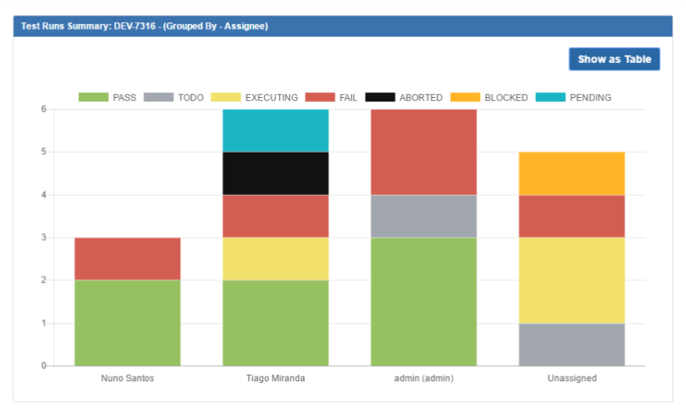Test automation is an essential component in today's software development landscape, where speed and quality are critical. It ensures the timely delivery of high-quality software by automating repetitive and time-consuming testing tasks.
However, the journey to effective test automation comes with challenges such as selecting the right tools, managing complex test cases, and enabling seamless integration of testing into the software development lifecycle.
Understanding test automation frameworks
A test automation framework is an essential foundation for any automated testing process. It's a set of guidelines, tools, and practices designed to create and execute automated tests more efficiently. Some of the critical components of a test automation framework are coding standards, test and object repositories, and test data handling methods.
The primary benefits of implementing a framework include:
- Improving the reusability and maintainability of test scripts;
- Reducing manual errors;
- Increasing test coverage;
- Enhancing team collaboration.
Test automation frameworks come in various forms:
- Linear scripting framework: simple; this framework involves writing sequential test scripts with little to no modularity or reusability;
- Data-driven framework: it separates test data from the scripts, allowing tests to run with different data sets, enhancing test coverage, and reducing the number of scripts needed;
- Keyword-driven framework: this framework uses keywords to represent actions and data, making the scripts more reusable and easier to understand;
- Hybrid framework: combining elements of the above frameworks (often keyword- and data-driven ones), the hybrid approach offers flexibility and leverages the strengths of each framework type.
Some examples of the popular automation frameworks are Selenium, Cucumber, Robot, Appium, Playwright, Cypress. It is common for companies to take one or multiple as the foundation, and then further customize them for specific needs. Selecting the right framework type depends on the project goals and priorities as well as the team's skills and experience.
Synergizing your test automation framework with Xray Enterprise
Establishing the effective connection between a test automation framework and Xray Enterprise involves a structured approach:
- Initial planning and strategy development: define the automation objectives, identify the types of tests to automate, and outline the framework's structure. Consider the application's complexity, the team's skill set, and the project's timeline;
- Tool selection and integration: choose automation tools that best complement Xray Enterprise's capabilities and integrate them into the existing development environment. Ensure that the tools align with the overall automation strategy and team expertise;
- Script development and execution: develop test scripts following best practices such as modularity and reusability. Use Xray Enterprise's features to import execution results and monitor design and execution progress;
- Continuous refinement and optimization: regularly review and refine the test automation framework. Utilize feedback and insights from Xray Enterprise's analytics to optimize test scripts and processes.
Key features of Xray Enterprise for test automation
Xray Enterprise excels at complementing test automation frameworks with its extensive suite of features.
- Execute: with the Xray Enterprise's new feature, you can trigger the CI/CD integration from a Test Plan or a Test Execution without leaving Xray Enterprise, which significantly streamlines your automation workflow;
- Import results: Xray easily integrates with automation frameworks via the versatile import of execution reports in various formats. You can learn more from our user guide, tutorials, and Xray Academy.
- For the avoidance of doubt, you can import execution results even if the automation is not triggered from Xray;
- Report and analyze: the tool offers customizable reporting and analytics features, enabling teams to generate detailed reports on requirement coverage, test execution, and defect summaries. These insights are crucial for informed decision-making and continuous testing process improvement;

- Organize: Xray Enterprise provides robust, centralized test management capabilities - from creation to execution and reporting - ensuring a cohesive workflow;
With the support for multiple test types and a robust API you can track the results of your test automation alongside manual and exploratory efforts in a consistent manner. Since your testing assets are aggregated, it is easy to establish end-to-end traceability with all the requirement stories. This helps maintain a clear holistic overview of the testing process and ensures effective management of complex test suites.
- Flexible configuration: Xray Enterprise is designed to cater to various testing needs, environments, and testing approaches;
- Enhanced collaboration and visibility: the platform facilitates better feedback loops across teams with features that support sharing test cases, results, and reports.
Xray Enterprise is a comprehensive solution for many test automation challenges, blending powerful features with user-friendly functionality. We invite teams and businesses to experience the impact of Xray Enterprise on their test automation efforts. Embrace the future of testing with confidence by choosing Xray Enterprise as your partner in delivering superior software solutions.


